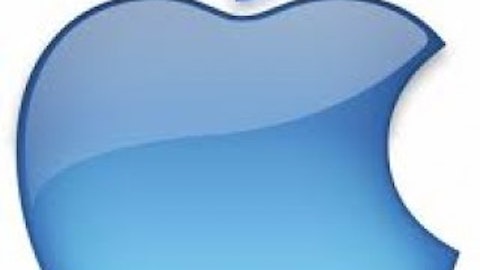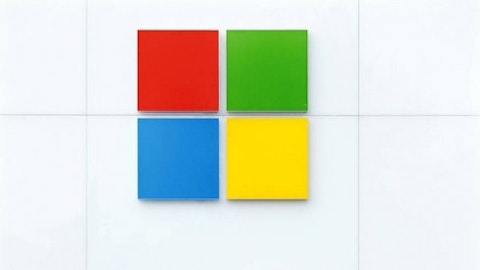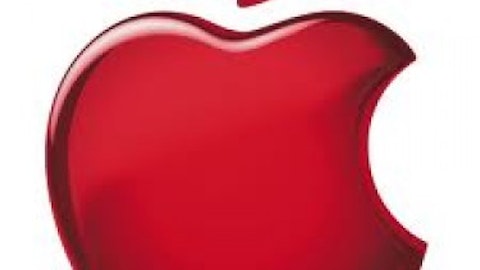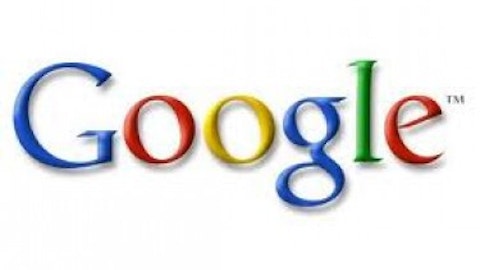This week investors witnessed an important moment in financial history: Apple Inc. (NASDAQ:AAPL) announced the largest corporate bond offerings in history issuing $17 billion in debt.
But investors would be best served to skip this new issue. Here are four reasons to avoid Apple’s ‘iBonds’.
Rising interest rates
With yields at record lows, a slight increase in interest rates could result in massive losses for investors.

Lots of things could cause rates to rise suddenly.
An improving global economy could encourage investors to rotate out of bonds and into equities. This would also prompt the Federal Reserve to cut its bond buying program.
Many fear inflation could hit double-digits due to the Fed’s easy monetary policy. While I dismiss the tin foil hat alarmist, investors should note that just a slight uptick in inflation from 1.5% to 3% would wipe out investor returns.
Little risk premium
Apple Inc. (NASDAQ:AAPL) is a incredibly good borrower.
The company generates $60 billion in EBITDA and is backed by $145 billion in cash. Even if the company’s profits were cut in half the business can easily sustain the $55 billion in debt the company is expected to issue over the next three years.
Clearly the market agrees. Apple can borrow at rates nearly as low as the U.S. government. Some are puzzled why Standard and Poor’s didn’t award the company the coveted AAA credit rating.
Because technology is a risky business. Already, competition is starting to squeeze Apple Inc. (NASDAQ:AAPL)’s profitability.
Microsoft Corporation (NASDAQ:MSFT) is starting to gain traction in the mobile space. Last week, Strategy Analytics reported Windows captured 7.4% of tablet sales during the first quarter, shipping 3 million units. Windows is also gaining ground in the smartphone segment, accounting for 5.6% of sales in Q1, up 1.9 points year-over-year.
Google Inc (NASDAQ:GOOG)’s Android continues to gain ground against Apple Inc. (NASDAQ:AAPL) in the mobile space. Because Google licenses its operating system to hardware manufacturers for free, prices Android handsets significantly undercut the iOS platform. As the market growth for tablet and smartphones transitions to price-conscious late-adopters and emerging-market consumers, Android is best positioned.
Could these rivals upset Apple? That’s a topic for another article. However, history suggests tech titans rise and fall quickly. Just five years ago Nokia Corporation (ADR) (NYSE:NOK) and Research In Motion Ltd (NASDAQ:BBRY) were the leaders in mobile.
Of course, Apple Inc. (NASDAQ:AAPL) isn’t likely to default. But any deterioration in the company’s operations would increase the risk premium on its bond.



